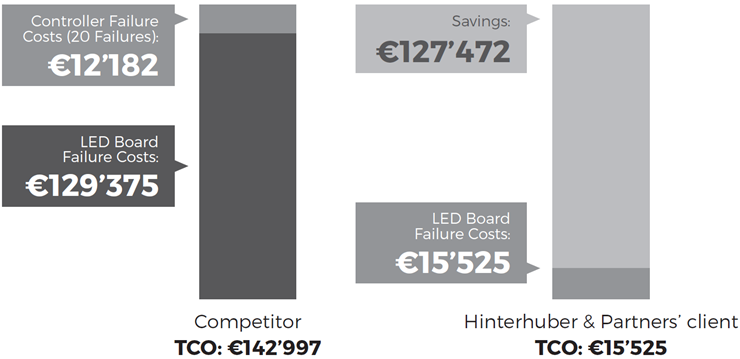Having assessed the situation and the average prices charged over time, it seemed clear that the client needed to play its strengths, meaning showing customers what it meant to use their product instead of that of competition. The first step taken was to analyze what are the main value-drivers that the client offers vis-à-vis competition, necessary when one has to challenge the price coming from a competitor. The list was long and included elements such as energy efficiency, ease of doing business, portfolio width, one-stop-shop, reliability and others. These elements are of course perceived by the company, therefore one must then get out of the building and ask customers if they agree, what is their value, determine their financial impact, and then check if something is missing. This task was repeated for all segments, on each product.
After talking with buyers and highway authorities a clear picture came out: many value drivers were indeed relevant, including the publicized energy efficiency, but one of them was the biggest and most relevant, reliability. Reliability in the case of electronic road signage means that its components break less frequently, and how much is strictly correlated with ancillary maintenance costs that go beyond the cost of the simple component breaking down. In the case of a large road sign on a very busy highway, changing a component costing less than EUR 10 would imply sending a team of specialists, blocking part of the road, deactivating the sign for a few hours and in the end costing the highway company even thousands of euros. During the course of tens of interviews to such authorities many performance databases were acquired, showing a comparable benchmark for our client’s performance versus the main competitors. The picture below shows one such comparison:

Customers with clear RfQs were then able to access such database (anonymize) and were given the contact of other past customers willing to endorse our client to double check the veracity of the data.
 Customers with clear RfQs were then able to access such database (anonymize) and were given the contact of other past customers willing to endorse our client to double check the veracity of the data.
Customers with clear RfQs were then able to access such database (anonymize) and were given the contact of other past customers willing to endorse our client to double check the veracity of the data.